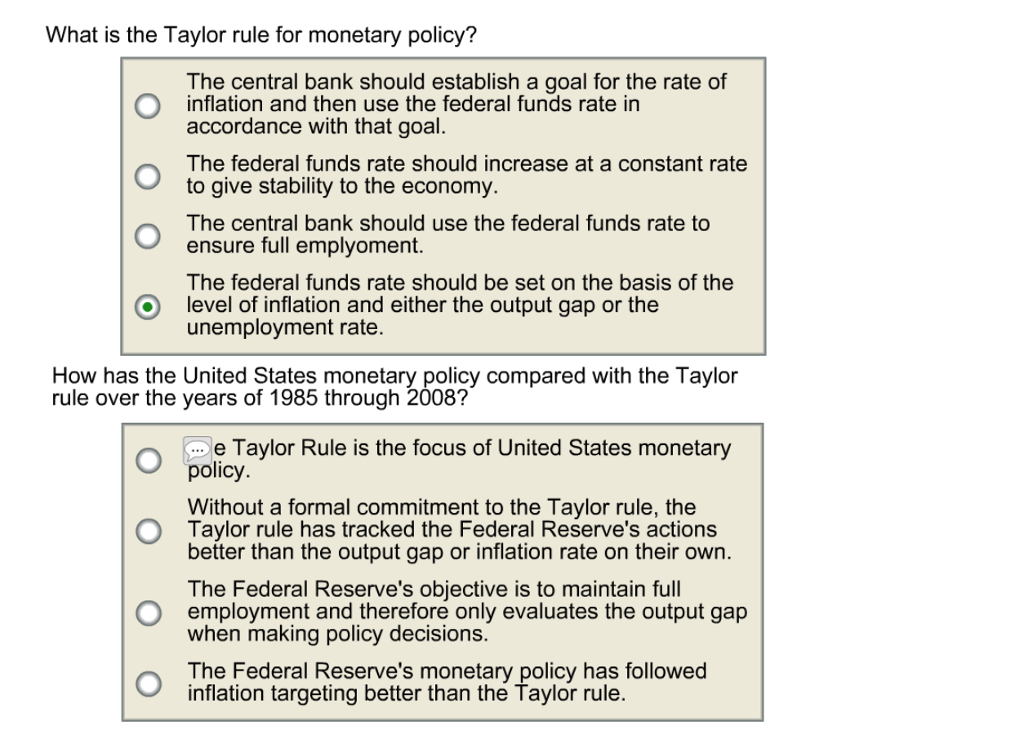– Higher liquidity risk than other fixed-income securities, as home equity loan ABS are less traded and more complex than other mortgage-backed securities, and may have limited industry players and you may rate transparency. This may make it difficult for investors to buy or sell the securities at a fair price, or to hedge their positions.
HELOC Stomach keeps a diminished risk and go back than house equity financing Abs, as underlying

– The sort of fundamental money. Domestic guarantee financing Abs is actually supported by finalized-avoid finance, that have a predetermined amount, interest, and maturity day. HELOC Abdominal muscles is supported by open-avoid finance, that have an adjustable count, rate of interest, and readiness go out, with regards to the borrower’s incorporate as well as the lender’s terms and conditions.
– The cash move of the bonds. Home equity loan Abs has actually a very foreseeable and steady bucks flow, since principal and you can notice money on the hidden loans is actually repaired and you can known in advance. HELOC Abs features a unsure and you can variable cashflow, because principal and you can interest payments regarding underlying funds count to your borrower’s drawdowns, costs, and you can rate of interest changes.
– The risk and return of the securities. Home equity loan ABS have a higher risk and return than HELOC ABS, as the underlying loans have higher interest rates, lower credit quality, and higher prepayment risk. fund have lower attract rates, higher credit quality, and lower prepayment risk.
Household equity loan Abdominal muscles and you can HELOC Abs try equivalent in that they are both supported by family guarantee funds, even so they possess some secret variations, eg:
These are a number of the fundamental aspects of household equity loan Abs that investors should be aware of. Domestic equity loan Abdominal muscles is a complicated and you will risky version of fixed-money safety, nevertheless they may also give glamorous production and you may diversification positive points to people who’re prepared to accept the issues and you can uncertainties of your underlying money.
Probably one of the most popular particular investment-recognized bonds (ABS) are those backed by household guarantee money otherwise credit lines. These are finance or borrowing institution that enable homeowners to use currency contrary to the worth of their residence. Although not, only a few house guarantee Stomach are the same. You will find significant differences when considering house equity personal line of credit Abdominal muscles (HELOC Stomach) and you can home guarantee mortgage Stomach (HEL Abdominal muscles) that people should know. In this point, we shall discuss this type of differences in addition to their implications for the efficiency, chance, and valuation ones ties.
1. The nature of the underlying loans or credit facilities. HELs are fixed-term, fixed-rate loans that are fully amortized over a specified period. HELOCs are revolving credit facilities that allow borrowers to draw, repay, and redraw funds as needed, up to a certain limit. HELOCs typically have variable interest rates that are tied to an list for instance the perfect price or LIBOR. HELOCs also have a draw period, usually 5 to 10 years, during which borrowers can access the funds, and a repayment period, usually 10 to 20 years, during which borrowers have to repay the principal and interest.
2. The prepayment and default behavior of the borrowers. HEL borrowers tend to prepay their loans faster than HELOC borrowers, especially when interest rates decline or home prices appreciate. This is because HEL borrowers can refinance their loans at lower rates or cash out their home equity by taking out a new Visit Your URL loan. HELOC borrowers, on the other hand, tend to prepay their credit facilities slower than HEL borrowers, because they have more flexibility and convenience in accessing their funds. HELOC borrowers also tend to default less than HEL borrowers, because they have lower monthly payments and will have fun with their credit facilities to cover their expenses in case of financial hardship. However, HELOC borrowers may default more in the long run, especially if rates increase or home prices decline, which could reduce their equity cushion and increase their debt burden.
